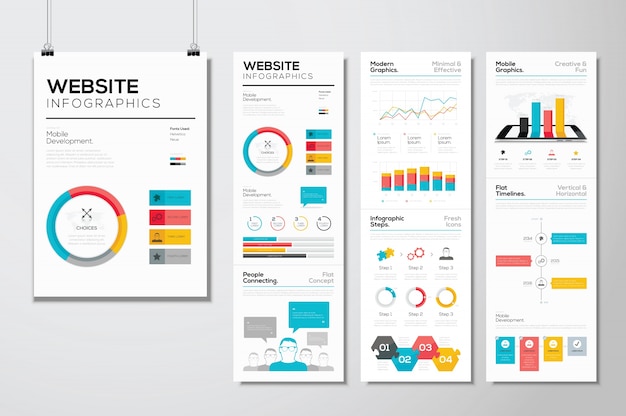Interested In Discovering How Web Site Design Has Developed? Take A Trip Via The Makeover
Interested In Discovering How Web Site Design Has Developed? Take A Trip Via The Makeover
Blog Article
Posted By-Pappas Hyldgaard
In the past, web sites were basic and concentrated on info. Navigation was straight, and layout was for desktops. Now, customer experience is vital. Information guides layouts for easy navigation. Responsive layouts match various tools. Today, dark setting minimizes strain, and minimal menus improve navigation. Interactive attributes engage individuals, and bold visuals stick out. AI assimilation increases involvement. See exactly how related internet page has actually progressed to improve your on-line trip.
Early Days of Web Design
In the early days of website design, simpleness preponderated. Web sites were basic, with minimal colors, fonts, and formats. The focus got on supplying info instead of flashy visuals. Individuals accessed the net through sluggish dial-up connections, so speed and capability were essential.
Navigation menus were straightforward, generally located at the top or side of the page. Sites were made for desktop, as mobile surfing had not been yet prevalent. Content was king, and designers focused on easy readability over intricate design elements.
HTML was the main coding language used, and developers had to work within its restraints. Computer animations and interactive attributes were minimal compared to today's criteria. Websites were fixed, with little dynamic web content or tailored individual experiences.
Surge of User-Focused Layout
With the advancement of web site style, a change in the direction of user-focused style concepts has ended up being progressively prominent. Today, developing websites that focus on user experience is essential for engaging visitors and achieving business goals. User-focused design includes recognizing the needs, choices, and actions of your target audience to tailor the site's format, content, and includes accordingly.
Designers now perform complete research, such as individual surveys and usability screening, to gather insights and feedback directly from individuals. This data-driven method assists in producing intuitive navigating, clear calls-to-action, and aesthetically appealing user interfaces that reverberate with site visitors. By positioning the customer at the center of the style process, web sites can deliver a more customized and satisfying experience.
Receptive layout has actually additionally become an essential facet of user-focused layout, making certain that websites are enhanced for different gadgets and screen dimensions. This versatility improves accessibility and usability, accommodating the varied ways users engage with internet sites today. Basically, the surge of user-focused design signifies a shift towards producing digital experiences that prioritize the needs and expectations of the end user.
Modern Trends in Website Design
Check out the most recent trends forming web design today. One prominent trend is dark setting layout, providing a sleek and modern-day look while decreasing eye stress in low-light environments. One more vital fad is minimalist navigating, simplifying food selections and improving customer experience by focusing on essential elements. Incorporating micro-interactions, such as computer animated buttons or scrolling effects, can create an extra engaging and interactive site. Receptive layout remains important, making certain seamless individual experiences throughout different gadgets. Furthermore, making use of strong typography and asymmetrical designs can include aesthetic passion and draw attention to particular content.
Integrating AI modern technology, like chatbots for customer assistance or tailored recommendations, enhances user interaction and simplifies processes. Accessibility has likewise come to be a considerable trend, with developers prioritizing comprehensive design techniques to deal with diverse individual needs. Embracing sustainability by maximizing web site performance for rate and effectiveness is one more emerging fad in website design. Collaborating with individual responses and information analytics to repeat and enhance design continually is important for staying pertinent in the ever-evolving digital landscape. By accepting these modern fads, you can produce a visually attractive, straightforward website that reverberates with your target market.
Conclusion
As you review the advancement of website style from the very early days to now, you can see just how user-focused layout has come to be the driving force behind modern trends.
Accept the journey of adjustment and adaptation in web design, constantly maintaining the user experience at the forefront.
Keep present with the most recent trends and technologies, and never ever quit evolving your method to produce aesthetically spectacular and user-friendly sites.
Advance, adapt, and produce - the future of web design is in your hands.
